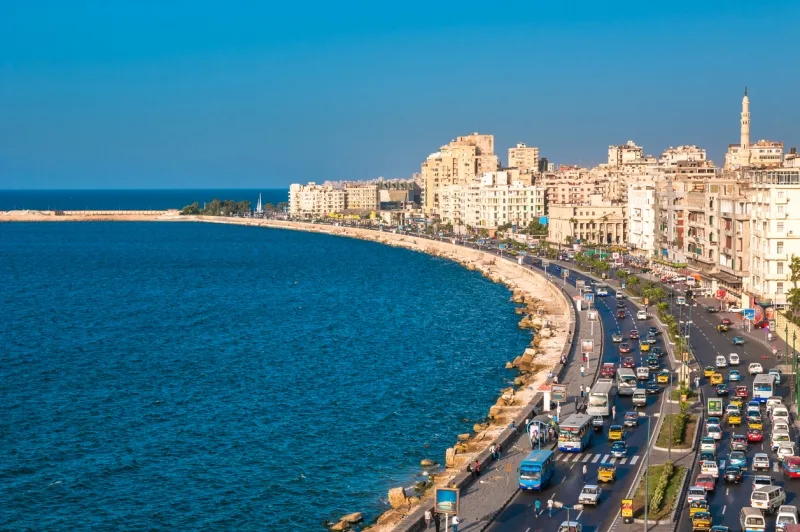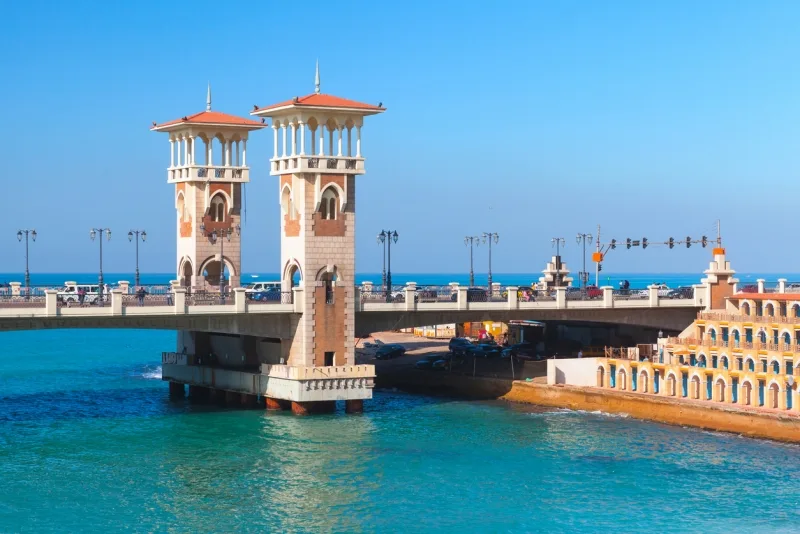City of Alexandria

Small in size but rich in character, Alexandria is one of Virginia’s most historic and prosperous cities. From the charming streets of Old Town to its deep roots in American history, the city offers a unique blend of past and present. Discover how Alexandria grew from a colonial town into a cultural and economic gem
The Founding and Early Growth of Alexandria
Native American peoples lived on the land that later became Alexandria for thousands of years before European settlers arrived. The first Native Americans visited this region about 13,000 years ago. The Tauxenents and Nacotchtanks, part of the Conoy chiefdom, thrived along the Potomac River until around 1675.
From Indigenous Lands to Colonial Port
European contact with the Alexandria area began in 1608 with John Smith’s exploration of the Chesapeake Bay and Potomac River. In 1654, Dame Margaret Brent received a 700-acre land patent, followed by a major land grant in 1669 when Governor Sir William Berkeley gave Robert Howson 6,000 acres—later sold to John Alexander for 6,000 pounds of tobacco. By 1732, Hugh West built a tobacco warehouse near today’s Oronoco Street, which became an official inspection site under the Tobacco Inspection Act, boosting Alexandria’s role in maritime trade
The Ohio Company and George Washington's Role
Thomas Lee and brothers Lawrence and Augustine Washington's Ohio Company of Virginia played a vital role in developing the region in 1748. Their company represented prominent Virginians' prospecting and trading interests, including their younger brother George Washington.
Lawrence Washington asked the House of Burgesses to build a town around the tobacco warehouse. George Washington, at 17 years old, helped county surveyor John West lay out 60 acres into lots and streets the next year. Alexandria's official founding dates back to the auction of these lots on July 13-14, 1749.
Why the Name 'Alexandria' Was Chosen
Alexandria's naming tells an interesting story. Many people wanted to build the town at Hunting Creek's head, away from the "played out" tobacco fields along the river. Philip Alexander II didn't want the riverside location since it sat in the middle of his estate. The petitioners named the new town Alexandria to honor the Alexander family as a compromise.
The settlement had a brief stint as "Belhaven" in its earliest days, named after Scottish patriot John Hamilton. The name "Alexandria" stuck by the mid-1750s, and the town got its official incorporation in 1779. For those interested in historical travel, consider planning your next trip with Egypt tours.

Alexandria’s Role in American History
Alexandria's experience through American history took dramatic turns as the young nation evolved. The city's story mirrors America's broader historical narrative, from its role in the newly formed capital to the trauma of civil war.
As Part of the District of Columbia
In 1791, Alexandria became part of the newly formed District of Columbia, with hopes of economic growth due to its proximity to the capital. However, development focused on the northern side of the Potomac, leaving Alexandria overlooked. Frustrated by lack of representation and economic limits, residents petitioned to return to Virginia—achieving success in 1846. This marked the only time a territory has ever been retroceded from D.C
Civil War and Union Occupation
The Civil War's outbreak in 1861 brought immediate changes to Alexandria. Union forces occupied the city just 24 hours after Virginia voted to secede, due to its vital location across the Potomac from Washington. Federal control of Alexandria continued throughout the four-year conflict.
The Union troops turned the city into a logistical hub with military facilities, hospitals, and supply depots. Alexandria became a vital safe haven for thousands of formerly enslaved people who sought freedom behind Union lines. Many who died from disease and hardship found their final resting place in the Freedmen's Cemetery, which was built during this time.
Post-War Reconstruction and Social Change
After the Civil War, Alexandria faced common Southern challenges during Reconstruction, with economic shifts and significant social changes despite escaping physical damage. Progress included African American education and Freedmen’s Bureau support, though full civil rights were still distant. By the late 19th century, Alexandria began moving beyond its Confederate past, laying the groundwork for a more inclusive future.

Old Town Alexandria: The Heart of Charm
Old Town Alexandria serves as the city's historic urban core since its incorporation in 1749. King Street runs through its heart as a bustling commercial corridor. The American Planning Association named it one of America's "Great Streets".
Historic Architecture and Cobblestone Streets
The Old and Historic Alexandria District became the third-oldest locally designated historic district in the country when it was created in 1946. A walk through Old Town reveals more than 200 buildings that date back before 1820. The 100 block of Prince Street, known as Captain's Row, stands out as the city's oldest cobblestone block. Captain John Harper built many homes there in the late 1700s. Federal style townhouses line these charming streets that remind visitors of a small European town.
Boutiques, Cafés, and Alexandria Attractions
The King Street Mile has the D.C. region's largest collection of independent boutiques. Shoppers will find unique stores like The Hour with its vintage cocktail glassware, fiber space for yarn enthusiasts, and The Shoe Hive for designer footwear. Historic buildings house many cafés and restaurants throughout Old Town. A 1918 torpedo factory now serves as the Torpedo Factory Art Center with art workshops and galleries. Gadsby's Tavern Restaurant, Alexandria's oldest restaurant, has been serving customers since 1792.
Preservation of Heritage Sites
Alexandria boasts seven National Register Historic Districts. The City regulates two of these districts—Old and Historic Alexandria and Parker-Gray—through the Board of Architectural Review. City Council appoints seven members to this committee that oversees changes to building exteriors in these locally regulated historic districts. Their efforts make sure projects stay "sensitive to the historic character of the building and its surroundings". This dedication helps preserve Alexandria's authentic historical spaces for future generations.

Customize Your Dream Vacation!
Get in touch with our local experts for an unforgettable journey.
Plan Your TripModern Identity and Cultural Appeal
Alexandria thrives as a vibrant cultural destination beyond its historic roots. Travel + Leisure ranked it among the top 5 cities in 2025, showcasing how the city perfectly balances its rich history with modern appeal.
Annual Events and Festivals
The city's calendar is packed with signature celebrations year-round. Alexandria proudly hosts the country's oldest and largest George Washington Birthday Parade. Local traditions bring the community together through events like the Ballyshaners St. Patrick's Day parade and the Scottish Christmas Walk Parade that honors the city's Scottish heritage. Del Ray's Art on the Avenue draws art lovers to see more than 300 artists' work while enjoying live music and family activities. The holiday season lights up the waterfront as decorated boats cruise down the Potomac River during the festive boat parade.
Art, Museums, and the Torpedo Factory
Alexandria’s vibrant arts scene has earned national recognition, with the Torpedo Factory Art Center at its core. This former munitions factory now hosts the largest public collection of artist studios in the U.S., featuring 72 studios, 10 galleries, and 150 artists. The city also offers rich historical experiences through museums like the Alexandria Archeology Museum, the Black History Museum, and the Freedom House Museum
Neighborhoods That Blend Past and Present
Alexandria’s neighborhoods each offer a distinct vibe. Old Town impresses with historic charm, while Del Ray is known for its artsy, wellness-focused atmosphere. Arlandria-Chirilagua highlights Salvadoran culture and music, Carlyle & Eisenhower serve as economic hubs, and Potomac Yard is emerging as an innovation center with Virginia Tech’s new campus.
Alexandria's Role in Film and Pop Culture
Alexandria’s scenic streets and historic landmarks have made it a popular filming location for Hollywood. Movies like J. Edgar, National Treasure: Book of Secrets, Jackie, and Wonder Woman 1984 were partly shot here, along with TV shows like The West Wing. The city’s most iconic film link is Remember the Titans (2000), based on the true story of local high school integration.

Alexandria, VA, played a major role in American history. It began as a colonial tobacco port, was once part of D.C., and served as a Union stronghold during the Civil War. The city also reflects both the legacy of the slave trade and the strength of its free Black community.
Old Town Alexandria is famous for its 18th- and 19th-century architecture, cobblestone streets, and scenic Potomac River waterfront. With over 200 historic buildings, King Street shopping, and landmarks like Gadsby’s Tavern, it’s one of the best-preserved historic districts in Virginia.
Must-visit sites include the Torpedo Factory Art Center, George Washington Masonic National Memorial, and several local history museums. Visitors also love King Street, the waterfront, and annual events such as the George Washington Birthday Parade and Alexandria’s holiday boat parade.
The city protects its historic districts with strict preservation laws while encouraging modern development in areas like Potomac Yard. Alexandria also supports the arts, cultural festivals, and film productions, blending history with modern life.
Unlike towns that feel frozen in time, Alexandria, Virginia is both historic and vibrant. Old Town offers colonial charm, Del Ray has a wellness and arts vibe, and Arlandria-Chirilagua reflects Salvadoran culture. This mix of heritage and modern energy makes Alexandria unique.

























